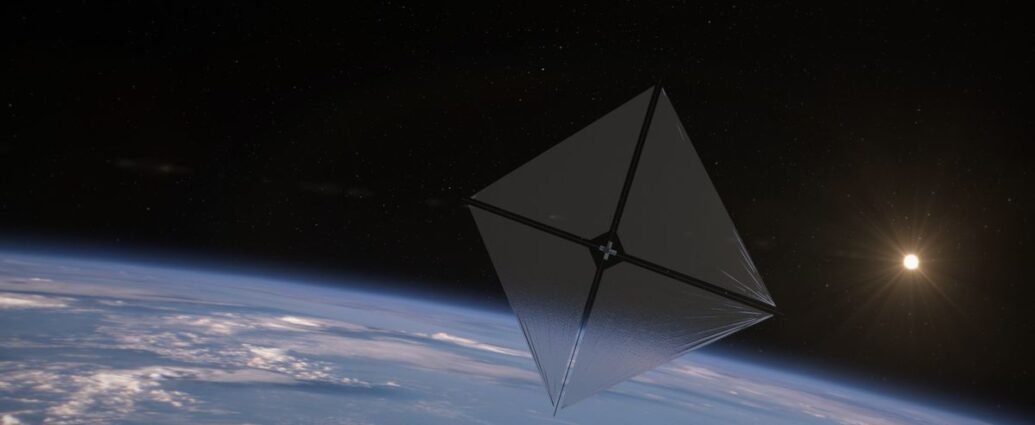The concept of a solar sail, a celestial vessel propelled by the gentle pressure of sunlight, has long captivated the human imagination. Its allure lies in its simplicity and potential for incredible speeds. Unlike traditional spacecraft that rely on heavy, costly propellants, a solar sail offers a more sustainable and efficient means of space exploration.

NASA’s Advanced Composite Solar Sail System (ACS3) mission was a groundbreaking endeavor designed to test the feasibility of this sail technology. Launched in April 2023, the CubeSat successfully unfurled its 860-square-foot sail in August. However, the mission has since encountered some challenges.
The spacecraft has begun to “tumble or wobble” in orbit, raising concerns about its operational status. While NASA officials have stated that this behavior is expected, its still unclear whether the sail is functioning as intended.

The primary goal of ACS3 is to test a new, lightweight composite material for the solar sail’s folding booms. By reducing spacecraft mass and improving solar radiation resistance, NASA aims to enable low-cost missions to deep space.
While the mission’s outcome remains uncertain, it serves as a valuable stepping stone towards realizing the dream of solar sail-powered interstellar travel.
Reference- Live Science, Delft University of Technology Blog post, Popular Science, Intersting Engineering, NASA website






